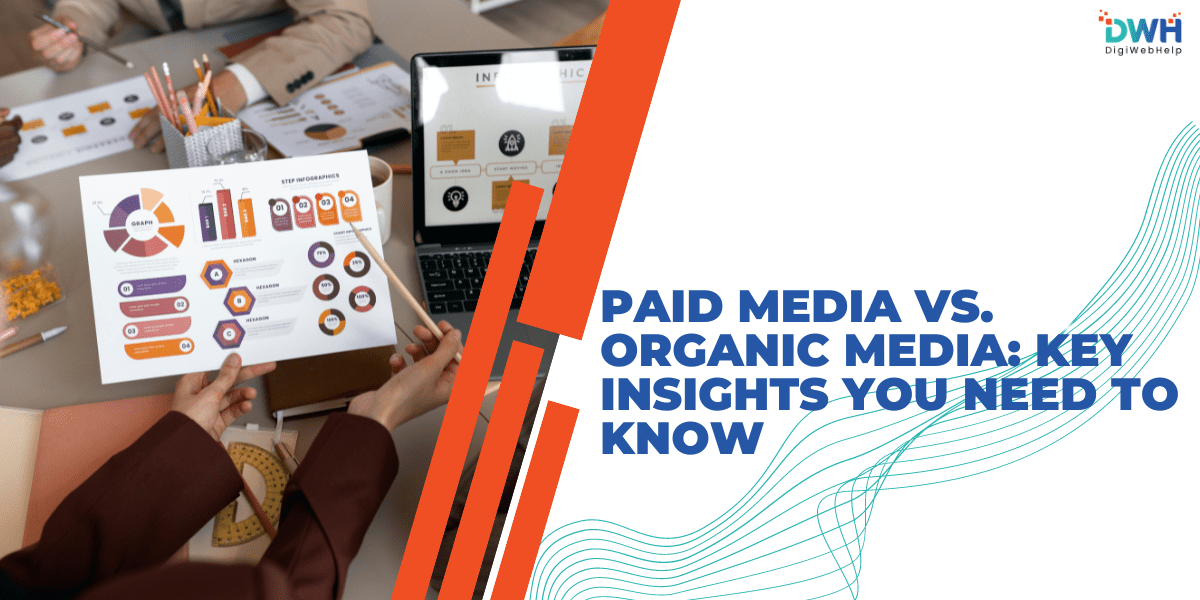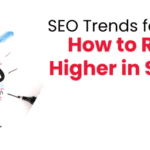
Paid Media vs. Organic Media: Key Insights You Need to Know
Digital marketing strategies often involve a blend of Paid Media and Organic Media. Paid media refers to marketing strategies that involve financial investment to reach a broader audience, such as paid advertising. On the other hand, organic media refers to strategies that focus on building a presence without direct financial expenditure on ads. Common examples of organic media include organic social media and content marketing.
In this blog, we will understand the nuances between these two approaches to help you make informed decisions and optimize your marketing efforts.
What is Paid Media?
Paid Media encompasses all types of marketing where advertisers pay for their content to be displayed to a targeted audience. This includes formats such as Pay-Per-Click (PPC) ads, display ads, social media ads, and sponsored content. The primary goal is to drive immediate traffic, generate leads, and achieve quick visibility.
Benefits of Paid Media
- Immediate Results and Measurable ROI:
Paid media boosts visibility fast. Once a campaign is launched, you can see immediate traffic and engagement. Advanced analytic tools allow you to track performance indicators, like CTR and conversion rates, providing clear insights into your ROI.
- Enhanced Targeting and Audience Segmentation
A standout benefit of paid media is its ability to target a specific audience. You can choose your audience based on demographics, interests, and behaviors. This precision targeting ensures your ads are seen by users who are most likely to engage with your brand, making your campaigns more successful.
Drawbacks of Paid Media
- Cost Implications and Budget Management
Paid media requires a budget as expenses can quickly accumulate, especially in competitive industries. It is important to manage and optimize ad spending to ensure that your investment generates desired results.
- Ad Fatigue and Diminishing Returns
Over time, audiences might grow tired of seeing repetitive ads, causing ad fatigue. This may reduce the effectiveness of your ad and require continuous adjustments and new creatives to maintain engagement.
What is Organic Media?
Organic Media is all about growing a brand’s visibility and boosting traffic without directly paying for ads. This includes practices like organic social media, search engine optimization (SEO), and content marketing. The main focus of organic media is to create valuable content and interact with the audience to foster organic growth.
Benefits of Organic Media
- Long-Term Results and Cost-Effectiveness:
Organic media strategies like SEO and content marketing need both time and resources initially but offer long-term benefits. Once your content ranks well or your social media presence gains traction, you can continue to drive organic traffic without ongoing costs.
- Building Trust and Credibility
Organic marketing strategies help build trust and credibility with your audience. This trust can improve your brand loyalty and establish long-term customer relationships.
Drawbacks of Organic Media
- Time Investment and Slower Results
Organic media strategies often take time to show results. SEO improvements, content marketing, and building a social media following often require consistent efforts and patience to achieve significant outcomes.
- Ongoing Effort Required for Optimization
Maintaining and optimizing organic media strategies is an ongoing process. Regular updates to content, continuous SEO improvements, and staying engaged with your social media audience will help build and sustain your organic audience.
Key Differences Between Paid and Organic Media
Cost Structure
- Paid Media: Costs usually depend on metrics like Cost-Per-Click (CPC) or Cost-Per-Impression (CPM). It’s crucial to manage your budget to avoid overspending and increase your Return on Investment (ROI).
- Organic Media: This involves costs related to time and resources for content creation and SEO improvements. However, there are no direct costs for placements or impressions.
Time to Results
- Paid Media: It provides immediate visibility and traffic. You can launch and optimize campaigns quickly to improve outcomes.
- Organic Media: This strategy needs time and patience to build momentum. SEO improvements and content marketing efforts require patience to increase ratings and organic traffic.
Measurement and Analytics
- Paid Media: Performance can be measured through metrics such as CTR, conversion rates, and the cost per acquisition. Analytics tools offer detailed insights into campaign performance.
- Organic Media: The success of the efforts can be measured through metrics like organic traffic, keyword rankings, and engagement rates. Analyzing these metrics helps tweak strategies and boost outcomes.
When to Use Paid Media
Paid Media is particularly advantageous in several scenarios:
- Launching a New Product or Service: With Paid Media, you can get instant visibility. Paid media can provide immediate visibility and drive initial traffic to generate interest and boost sales.
- Seasonal Promotions and Time-Sensitive Campaigns: Paid Media ensures your message reaches a wider audience quickly for time-sensitive promotions or seasonal events.
- Highly Competitive Industries: In competitive markets, Paid Media helps stand out from the competition. It also ensures that your campaign captures the right attention.
When to Use Organic Media
Organic Media shines in the following situations:
- Long-Term Brand Building and Authority: If your goal is to establish long-term authority and brand presence, organic media is your answer. Consistent, high-quality content and engagement build a trustworthy image.
- Cost-Effective Marketing Strategies: For businesses with limited budgets, organic media is an economical method to boost traffic and engagement without constant ad costs.
- Targeting Niche Audiences: Organic strategies are great at targeting niche audiences through specialized content and community engagement.
Conclusion
Understanding the difference between paid media and organic media is key to developing a successful digital marketing strategy. Paid Media offers quick results and precise targeting, while Organic media fosters long-lasting credibility and authority.
Implementing both Paid and Organic Media in your marketing strategy lets you utilize their strengths, providing a harmonious method that caters to short-term needs and long-term objectives. Evaluate your goals, budget, and audience to determine your business’s right blend of Paid and Organic Media.










